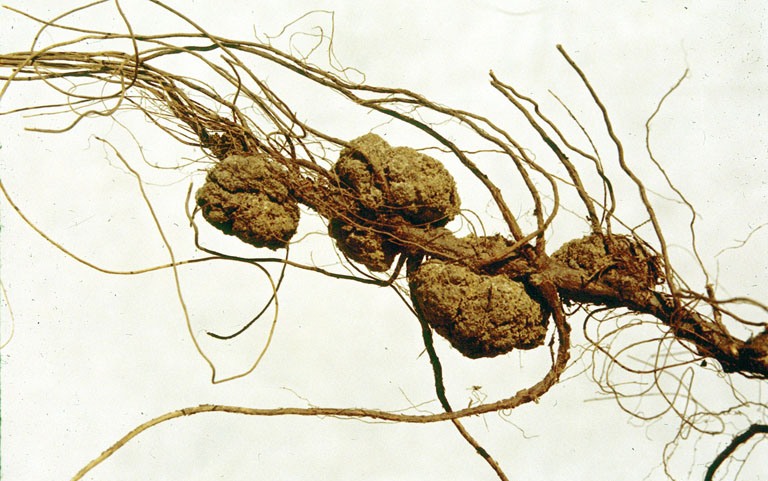|
Genomovar
Genomovar is a term commonly used within the genera '' Burkholderia'' and ''Agrobacterium'' to denote strains which are phylogenetically differentiable, but are phenotypically In genetics, the phenotype () is the set of observable characteristics or traits of an organism. The term covers the organism's morphology or physical form and structure, its developmental processes, its biochemical and physiological proper ... indistinguishable. A genomovar cannot be identified by standard biochemical tests, but it is classified as a species when a biochemical test allows it to be identified. References {{reflist Classical genetics ... [...More Info...] [...Related Items...] OR: [Wikipedia] [Google] [Baidu] |
Burkholderia
''Burkholderia'' is a genus of Pseudomonadota whose pathogenic members include the ''Burkholderia cepacia'' complex, which attacks humans and ''Burkholderia mallei'', responsible for glanders, a disease that occurs mostly in horses and related animals; ''Burkholderia pseudomallei'', causative agent of melioidosis; and '' Burkholderia cepacia'', an important pathogen of pulmonary infections in people with cystic fibrosis (CF). ''Burkholderia'' species is also found marine environment. S.I. Paul et al. (2021) isolated and characterized ''Burkholderia cepacia'' from marine sponges of the Saint Martin's Island of the Bay of Bengal, Bangladesh. The ''Burkholderia'' (previously part of ''Pseudomonas'') genus name refers to a group of virtually ubiquitous Gram-negative, obligately aerobic, rod-shaped bacteria that are motile by means of single or multiple polar flagella, with the exception of ''Burkholderia mallei'', which is nonmotile. Members belonging to the genus do not produce s ... [...More Info...] [...Related Items...] OR: [Wikipedia] [Google] [Baidu] |
Agrobacterium
''Agrobacterium'' is a genus of Gram-negative bacteria established by H. J. Conn that uses horizontal gene transfer to cause tumors in plants. ''Agrobacterium tumefaciens'' is the most commonly studied species in this genus. ''Agrobacterium'' is well known for its ability to transfer DNA between itself and plants, and for this reason it has become an important tool for genetic engineering. Nomenclatural History Leading up to the 1990s, the genus ''Agrobacterium'' was used as a wastebasket taxon. With the advent of 16S sequencing, many ''Agrobacterium'' species (especially the marine species) were reassigned to genera such as ''Ahrensia'', ''Pseudorhodobacter'', ''Ruegeria'', and ''Stappia''. The remaining ''Agrobacterium'' species were assigned to three biovars: biovar 1 (''Agrobacterium tumefaciens''), biovar 2 (''Agrobacterium rhizogenes''), and biovar 3 (''Agrobacterium vitis''). In the early 2000s, ''Agrobacterium'' was synonymized with the genus ''Rhizobium''. This move pr ... [...More Info...] [...Related Items...] OR: [Wikipedia] [Google] [Baidu] |
Phylogenetically
In biology, phylogenetics (; from Greek φυλή/ φῦλον [] "tribe, clan, race", and wikt:γενετικός, γενετικός [] "origin, source, birth") is the study of the evolutionary history and relationships among or within groups of organisms. These relationships are determined by Computational phylogenetics, phylogenetic inference methods that focus on observed heritable traits, such as DNA sequences, protein amino acid sequences, or morphology. The result of such an analysis is a phylogenetic tree—a diagram containing a hypothesis of relationships that reflects the evolutionary history of a group of organisms. The tips of a phylogenetic tree can be living taxa or fossils, and represent the "end" or the present time in an evolutionary lineage. A phylogenetic diagram can be rooted or unrooted. A rooted tree diagram indicates the hypothetical common ancestor of the tree. An unrooted tree diagram (a network) makes no assumption about the ancestral line, and does n ... [...More Info...] [...Related Items...] OR: [Wikipedia] [Google] [Baidu] |
Phenotypically
In genetics, the phenotype () is the set of observable characteristics or traits of an organism. The term covers the organism's morphology or physical form and structure, its developmental processes, its biochemical and physiological properties, its behavior, and the products of behavior. An organism's phenotype results from two basic factors: the expression of an organism's genetic code, or its genotype, and the influence of environmental factors. Both factors may interact, further affecting phenotype. When two or more clearly different phenotypes exist in the same population of a species, the species is called polymorphic. A well-documented example of polymorphism is Labrador Retriever coloring; while the coat color depends on many genes, it is clearly seen in the environment as yellow, black, and brown. Richard Dawkins in 1978 and then again in his 1982 book ''The Extended Phenotype'' suggested that one can regard bird nests and other built structures such as caddis ... [...More Info...] [...Related Items...] OR: [Wikipedia] [Google] [Baidu] |


